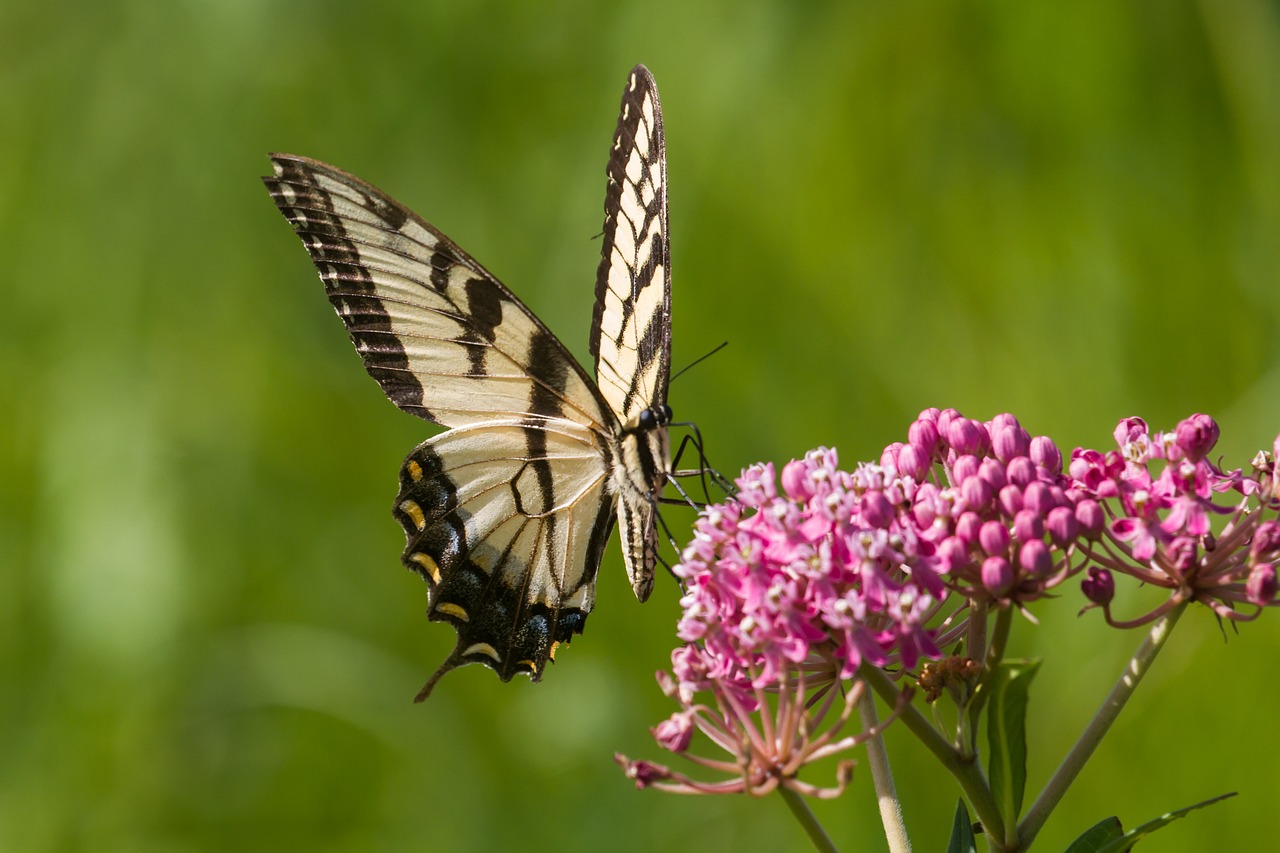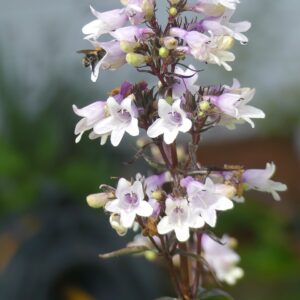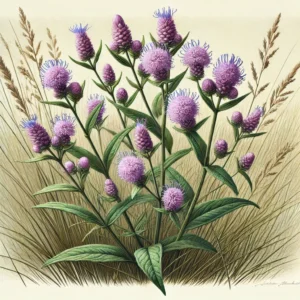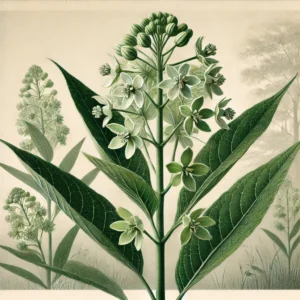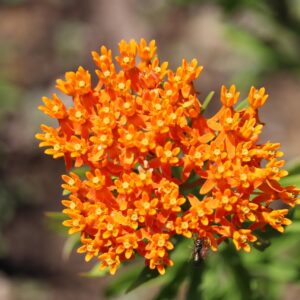Rose Milkweed (Asclepias incarnata), also known as Swamp Milkweed, is a perennial plant native to North America, valued for its attractive flowers and ecological benefits. Overall, Rose Milkweed is a beautiful and functional plant that enhances garden landscapes while supporting important pollinators, particularly Monarch butterflies.
Appearance: Rose Milkweed is known for its showy, pink to rose-colored flower clusters and its tall, upright growth habit. The plant has a distinctive and elegant appearance that stands out in gardens and natural landscapes.
Height: It typically grows to a height of 3 to 5 feet (90 to 150 cm), with a similar spread.
Leaves: The leaves are lance-shaped, arranged alternately along the stem, and can be up to 6 inches long. They are usually green and have a smooth, slightly waxy texture.
Flowers: The flowers are arranged in rounded clusters at the top of the stems. They are tubular, with a pink to rose color, and have a sweet fragrance. The flowers bloom from mid-summer to early fall, usually from July to September.
Blooming Season: The blooming period extends through the summer into early fall, providing vibrant color for an extended period.
Habitat: Rose Milkweed prefers moist, well-drained soils and full sun to partial shade. It is commonly found in wet meadows, along stream banks, and in other moist habitats, but it can adapt to less wet conditions once established.
Wildlife: This plant is an important host for Monarch butterflies, as its leaves are the primary food source for their larvae. It also attracts other pollinators such as bees and butterflies, making it valuable for biodiversity.
Uses: Rose Milkweed is popular in native plant gardens, pollinator gardens, and wetland restoration projects. Its attractive flowers and ecological benefits make it a favorite among gardeners interested in supporting local wildlife.
Cultivation: It is relatively easy to grow and maintain. It can be started from seeds or transplants. In the garden, it benefits from occasional watering, especially in dry periods, and does best in rich, moist soil.

